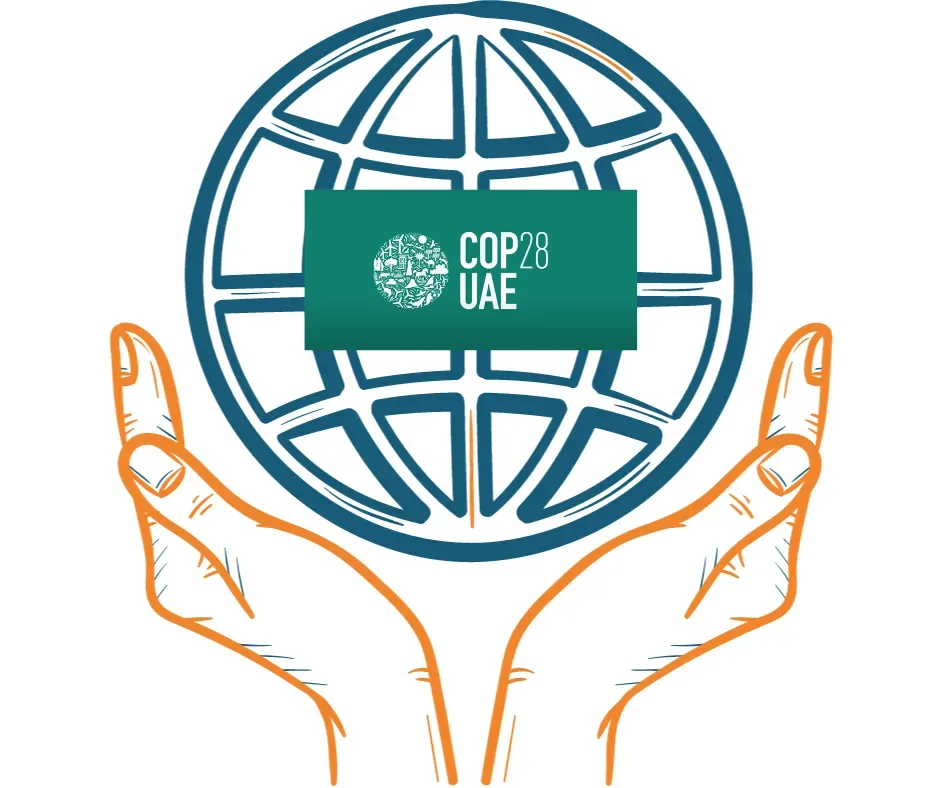If you have been watching the news, you might have heard about COP in recent weeks and the important actions around it. But what exactly is COP and why does it matter?
COP stands for Conference of the Parties. This gathering is by the member countries, which includes more than 190 countries across the world. This is a meeting held every year to discuss the assessment, objectives and responsibilities of the climate measures.
A key task for the COP is to review the current emissions and targets of each of the countries. Based on this information, the COP assesses the effects of the measures taken by the countries and the progress made in achieving the ultimate objective of the Convention.
The COP usually meets every year. The first-ever COP meeting was held in 1995 in Berlin. Just as the COP Presidency rotates among the five recognized UN regions — that is, Africa, Asia, Latin America and the Caribbean, Central and Eastern Europe and Western Europe and Others — there is a tendency for the venue of the COP to also shift among these groups.
Loss and Damage Fund
The climate summit in UAE this month kicked off with a significant win — the establishment of a Loss and Damage fund of USD 475mn. The fund, a long-pending demand of developing economies, will give financial assistance to countries recovering from climate disasters such as extreme weather events. It will also be used to deal with other climate-related emergencies such as sea-level rise, migration, and displacement.
But is that enough?
According to the Swiss Re Institute, the world could end up losing 10% of its GDP by 2050 due to climate change, with major risk to island and developing nations.
UN estimated that USD 6 trillion is required to completely wean developing countries off fossil fuels by 2030. Not enough, isn’t it?
Fossil fuel ‘Transition’?
Fossil fuels today contribute to at least 75% of global warming.
In the 1800s, before we started burning fossil fuels, the earth’s average surface temperature was ~13.5 degrees Celsius. The fossil fuels emitted harmful gases which got trapped in the atmosphere and the temperature began to rise. It’s at around 15 degrees right now — which scientists say is the upper threshold. If the temperature rises beyond this level, then the outcome could be catastrophic. Entire ecosystems and vulnerable countries could collapse, as reported by the IPCC, which is discussed in detail here.
For starters, the meeting acknowledges the importance of decreasing both the consumption and production of fossil fuels. However, it falls short by not emphasizing the necessity for immediate, decisive action on fossil fuels this decade. How?
The text from the meeting states that nations should “reduce both consumption and production of fossil fuels, in a just, orderly and equitable manner to achieve net-zero by, before, or around 2050 in keeping with the science”.
Much has been made of the fact that phasing out of fossil fuels is mentioned for the first time, albeit in the convoluted form of “transitioning away from fossil fuels in energy systems.” This is less of an advance than made out to be, because all countries had, in CoP26, committed to reaching net zero by different years around mid-century.
It was known that this could only be done by phasing out fossil fuels very substantially.
List of actions
The text recalls previous agreements for developed countries to take the lead in terms of economy-wide reductions in emissions. But as for what they could and should do, the document has been described as presenting a “menu” rather than a concrete list of requirements.
Items on the list include renewable energy generation by three times,
bringing unabated coal (unabated means the use of coal, oil and gas without substantial efforts to reduce the emissions produced throughout their life cycle) offline,
accelerating energy efficiency improvements and
accelerating nuclear and low-carbon hydrogen production.
There are widespread concerns about the conflation of carbon capture with clean energy, as petrostates could interpret this as an alternative to a meaningful energy transition.
One glaring omission is the lack of any mention of how climate action will be financed.
IEA says a clean energy investment of USD 4.5 trillion per year is required to limit the warming to 1.5°C.
Also, to speed up action, another required element is technology access in the form of intellectual property rights (IPR). There are many forms of renewables — solar, wind, nuclear, among others — but global preferences have mostly centered around solar power, given the predictability of output and ease of installation. But this form of power may not work for all the countries in all the seasons. Thus, required is access to technology that can help navigate this challenge better.
Having said that, there were a few positives too.
Fifty oil companies representing nearly half of global production have pledged to reach near-zero methane emissions and end routine flaring in their operations by 2030.
The coalition between Masdar City, Tencent, and Catalyst, aims to bring together climate tech innovators, investors, knowledge partners, capacity builders, policymakers, philanthropies, family offices, corporations and public climate tech players to foster collaborations, accelerate innovation and deploy at scale climate tech solutions.
Companies like Microsoft and HSBC will invest in and support specific technologies that address climate change.
What do you think about COP28? Was this useful in addressing the climate change and its adverse effects? Let us know your thoughts in the comments below.

